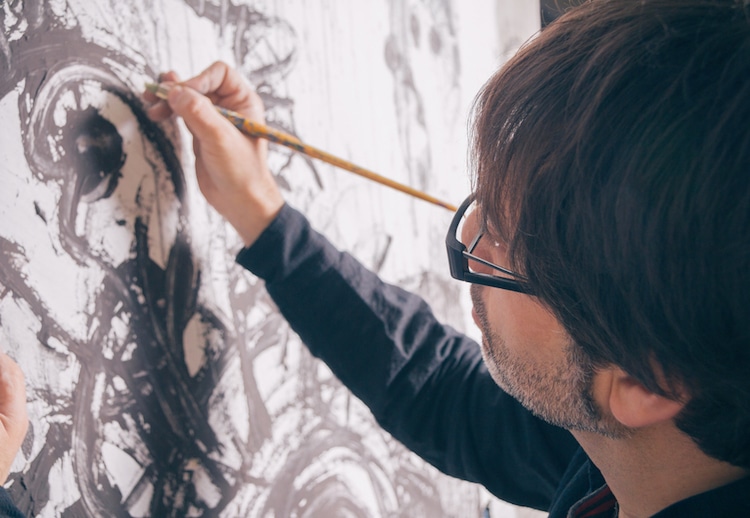
Photo: David Pereira / Shutterstock
As an artist, in any field, it’s not enough to produce spectacular work. Your art can be the most eye-catching and innovative on the market, but if you aren’t able to clearly express your artistic intent, you quickly risk getting lost in the crowd.
To that end, an artist statement is an indispensable tool for laying out your art to the public. Most often placed on your website, but also included in portfolios and presentations to galleries and other art professionals, it’s the most direct way to clarify how you view your work.
Perhaps it’s due to this importance that many artists find them extremely difficult to write, often skipping this essential explanation of their artwork. We’re helping you unravel the mystery on how to write an artist statement, breaking it down step by step in order to make it as painless as possible.
What is an artist statement?
Typically thought of as an explanation of your overall work or a specific project, the artist statement is a space for you to succinctly explain your art. It shouldn’t summarize your resume or retell your biography, but rather focus on the “why” of the art.
Do I need to write one?
If you want people to understand who your art is for and why you do what you do, this is your chance. The text becomes your calling card, thus allowing curators, gallerists, potential collectors, and journalists to get inside your creative mind quickly and effectively. That is, if it’s written correctly.
For instance, when writing about an artist or a specific project on the Met, the best artist statements can be invaluable tools for allowing us to quickly understand overarching themes that may not be readily apparent in the work’s physical appearance. They can also help build connections between different series of work.
Up next: Tips for Writing an Artist Statement
